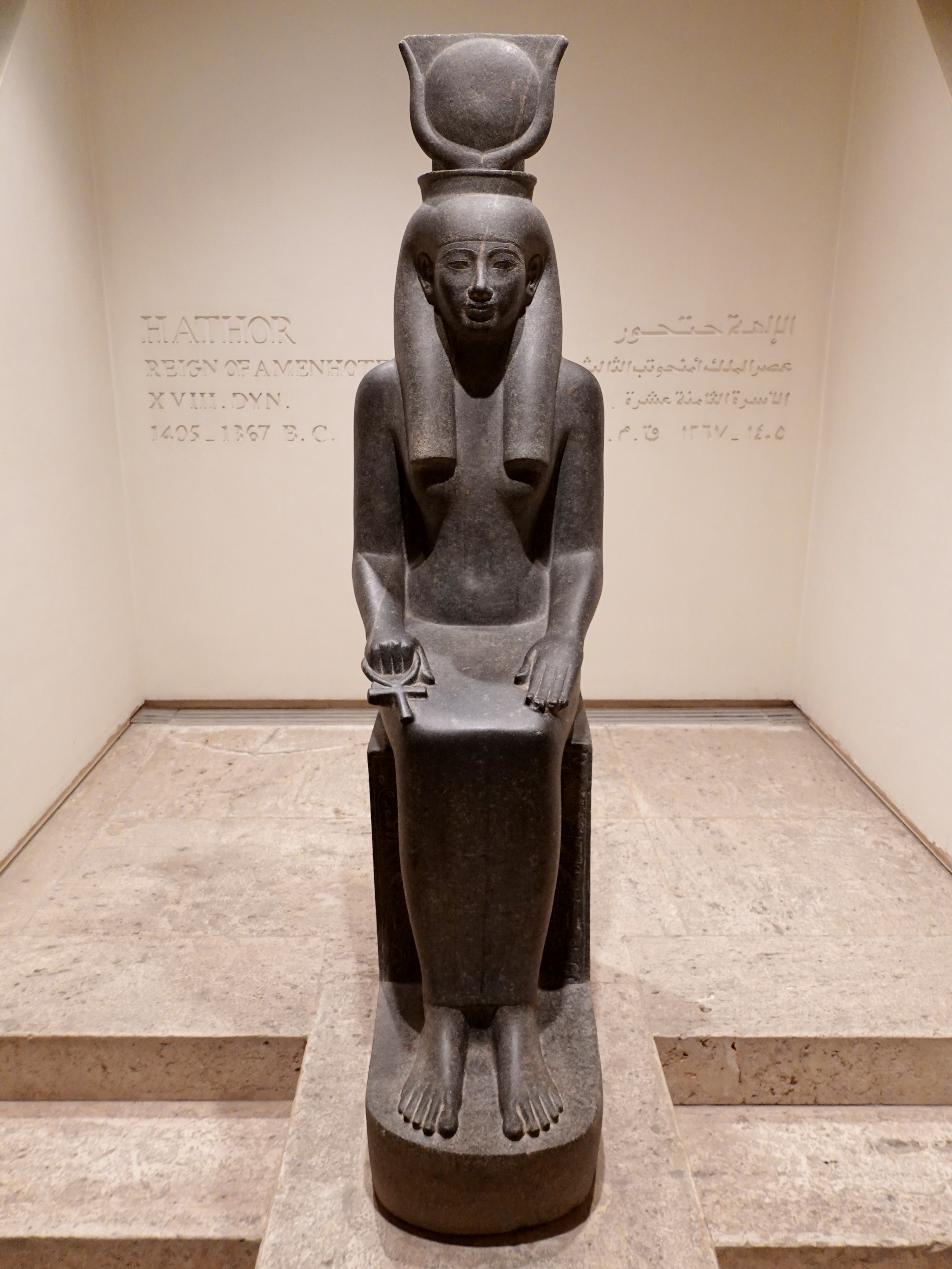luxor statue cache on:
[Wikipedia]
[Google]
[Amazon]
 The Luxor statue cache is a grouping of ancient Egyptian statues unearthed in 1989. They were discovered in
The Luxor statue cache is a grouping of ancient Egyptian statues unearthed in 1989. They were discovered in
File:GD-EG-Louxor-109-2.JPG,
 The Luxor statue cache is a grouping of ancient Egyptian statues unearthed in 1989. They were discovered in
The Luxor statue cache is a grouping of ancient Egyptian statues unearthed in 1989. They were discovered in Luxor
Luxor ( ar, الأقصر, al-ʾuqṣur, lit=the palaces) is a modern city in Upper (southern) Egypt which includes the site of the Ancient Egyptian city of ''Thebes''.
Luxor has frequently been characterized as the "world's greatest open-a ...
, beneath the solar court of the 18th Dynasty Pharaoh Amenhotep III
Amenhotep III ( egy, jmn-ḥtp(.w), ''Amānəḥūtpū'' , "Amun is Satisfied"; Hellenized as Amenophis III), also known as Amenhotep the Magnificent or Amenhotep the Great, was the ninth pharaoh of the Eighteenth Dynasty. According to different ...
.
Partial list of statues
*Thutmose III
Thutmose III (variously also spelt Tuthmosis or Thothmes), sometimes called Thutmose the Great, was the sixth pharaoh of the Eighteenth Dynasty. Officially, Thutmose III ruled Egypt for almost 54 years and his reign is usually dated from 28 ...
as sphinx, alabaster,
*Amenhotep III
Amenhotep III ( egy, jmn-ḥtp(.w), ''Amānəḥūtpū'' , "Amun is Satisfied"; Hellenized as Amenophis III), also known as Amenhotep the Magnificent or Amenhotep the Great, was the ninth pharaoh of the Eighteenth Dynasty. According to different ...
, standing, red quartzite,
*the goddess Iunyt, seated, grey granite
*Tutankhamun
Tutankhamun (, egy, twt-ꜥnḫ-jmn), Egyptological pronunciation Tutankhamen () (), sometimes referred to as King Tut, was an Egyptian pharaoh who was the last of his royal family to rule during the end of the Eighteenth Dynasty (ruled ...
as sphinx, alabaster (with paint remains)
*Horemheb
Horemheb, also spelled Horemhab or Haremhab ( egy, ḥr-m-ḥb, meaning "Horus is in Jubilation") was the last pharaoh of the Eighteenth dynasty of Egypt, 18th Dynasty of Egypt (1550–1295 BC). He ruled for at least 14 years between 131 ...
, kneeling holding offering pots, diorite
*Amun-Re-Kamutef serpent, grey granite
*Amun-Re-Kamutef serpent, grey granite
*Goddess Taweret
In Ancient Egyptian religion, Taweret (also spelled Taurt, Tuat, Tuart, Ta-weret, Tawaret, Twert and Taueret, and in Greek, Θουέρις – Thouéris, Thoeris, Taouris and Toeris) is the protective ancient Egyptian goddess of childbirth and ...
, sandstone,
History
The excavation was launched in 1989 under the authority of Mahammed el-Saghir, with routine maintenance by the Luxor antiquities inspectorate. The Luxor cache was buried during theRoman
Roman or Romans most often refers to:
*Rome, the capital city of Italy
*Ancient Rome, Roman civilization from 8th century BC to 5th century AD
*Roman people, the people of ancient Rome
*''Epistle to the Romans'', shortened to ''Romans'', a letter ...
conversion of the area into a military camp.Reeves 2000, p.226. Originally five statues were found at a three-foot depth below a covering layer of small stones; eventually 26 statues were uncovered with some being damaged prior to burial.
Amenhotep III
Amenhotep III ( egy, jmn-ḥtp(.w), ''Amānəḥūtpū'' , "Amun is Satisfied"; Hellenized as Amenophis III), also known as Amenhotep the Magnificent or Amenhotep the Great, was the ninth pharaoh of the Eighteenth Dynasty. According to different ...
standing upon Sled of God Tem (oldest creator god Atum
Atum (, Egyptian: ''jtm(w)'' or ''tm(w)'', ''reconstructed'' ; Coptic ''Atoum''), sometimes rendered as Atem or Tem, is an important deity in Egyptian mythology.
Name
Atum's name is thought to be derived from the verb ''tm'' which means 'to com ...
)
File:GD-EG-Louxor-106.JPG, Horemheb
Horemheb, also spelled Horemhab or Haremhab ( egy, ḥr-m-ḥb, meaning "Horus is in Jubilation") was the last pharaoh of the Eighteenth dynasty of Egypt, 18th Dynasty of Egypt (1550–1295 BC). He ruled for at least 14 years between 131 ...
kneeling
Notes
References
* Luxor {{Sculpture-stub